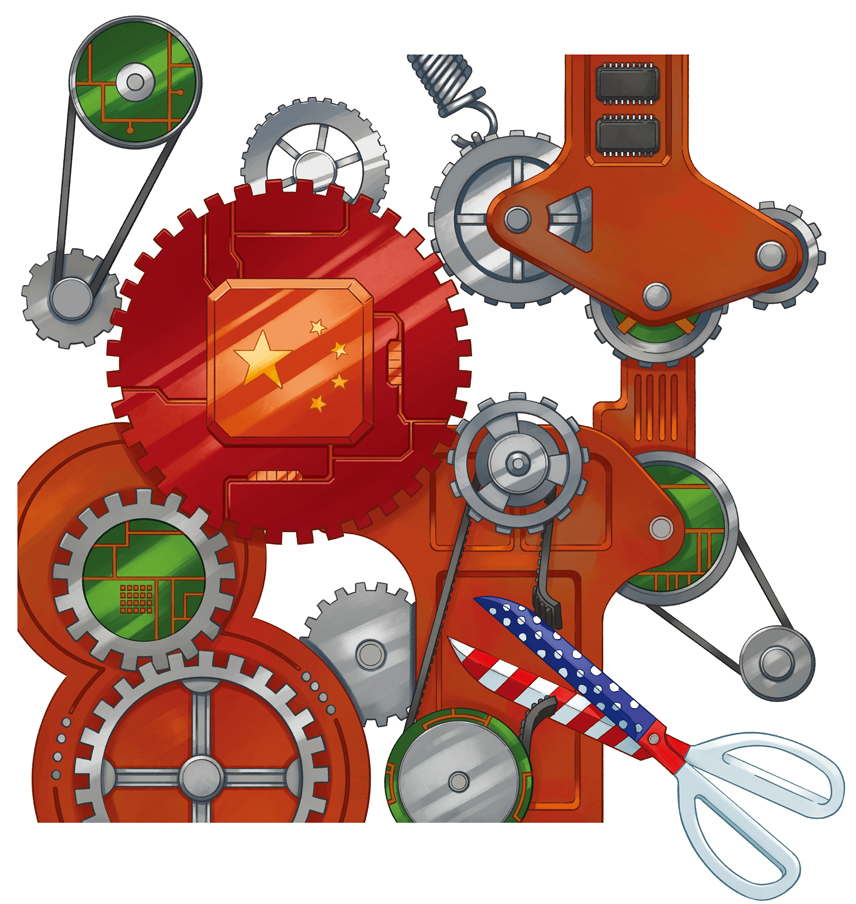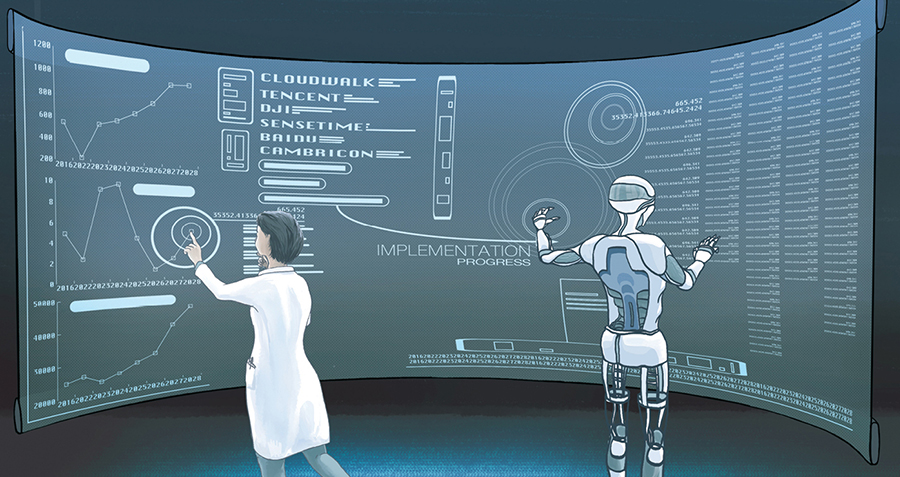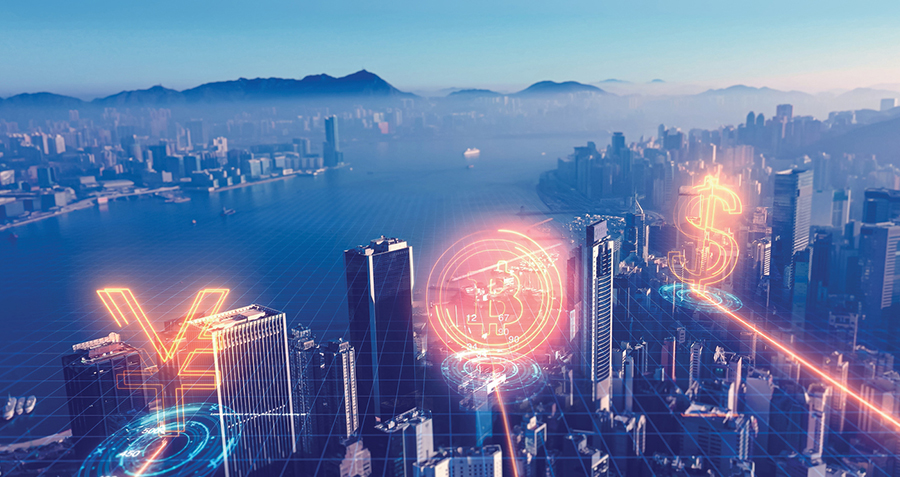Elon Musk’s Tesla is bucking many trends in its new venture in the massive China market. Tesla is known for going against the grain, but will this tactic prove successful in China?
At an event held at Tesla’s brand-new Shanghai factory on January 7, CEO Elon Musk was recorded busting out some awkward dance moves onstage to celebrate the deliveries of the first China-made Model 3 cars. The video instantly went viral, and if the sales reception of Tesla cars in 2020 is anything to go by, he may well have the entire country dancing to the same tune for quite a while.
Musk, synonymous with Tesla, is a household name all over the world. If one thing is common throughout his ventures as a serial-entrepreneur and investor, it is that he has dared to dream what others describe as “impossible.” Tesla’s factory is exactly that. Not only is Tesla the first foreign corporation to build cars in a wholly-owned factory in China, but also the setup—from permits to a finished plant—took just 168 days to complete.
Tesla committed to a minimum investment of RMB 14 billion ($2 billion), and the company’s plant, called the Gigafactory 3, opened its doors in Shanghai in October 2019. At a time when the overall business trend between China and the United States has been one of decoupling and many foreign companies are looking at pulling out or diversifying, Tesla has gone against the grain and dived even deeper into China.
Amping up
Founded in 2003, Tesla didn’t sell its first car, the Roadster, until 2008. But since then, the company has grown at an exponential rate and produced its millionth vehicle in early 2020. It now offers a wider range of vehicles, namely the Tesla Models S, 3 and Y, as well as X, which is a mid-size crossover sport utility vehicle (SUV). Tesla has three manufacturing plants around the world, the first two in the United States and the third in Shanghai, with a fourth set to be built in Berlin in 2021.
Recently, Tesla has faced competition as the world’s best-selling electric vehicle (EV) brand from Chinese companies, namely Warren Buffet-backed BYD and state-owned BAIC, but managed to best them handily in both 2018 and 2019. Globally, Tesla won top spot with sales of 367,820 cars in 2019, followed by BYD’s 229,506, and BAIC coming in third, selling 160,251 EVs.
Tesla’s top competitors in terms of volume of sales in the local market are BYD, BAIC, Geely, Guangzhou Automobile Group, commonly known as GAC, and state-owned SAIC Motor (which partners with Volkswagen and General Motors Corp). There is also NIO which went public in September 2018 and produces an SUV similar to Tesla’s Model X. The first half of 2020 saw Tesla win 23% of the EV market share, selling 47,565 Model 3s. The second and third most popular EV cars were BYD’s Qin Pro EV selling 20,990 and GAC’s Aio S at 18,211.
“Tesla became the number one player during its first year of localization,” says auto analyst, David Zhang.
Largely thanks to a push by Beijing in support of EVs, China is now the world’s largest market by volume for green cars—known locally as New Energy Vehicles (NEV)—making it an obvious choice for Tesla when it came to establishing a manufacturing presence in Asia. This massive NEV market grew 85% year-on-year, significantly above the industry average, according to a 2019 report by American consulting firm McKinsey & Company. In the second quarter of 2020, Tesla delivered around 30,000 vehicles in China, meaning that the country represented around one-third of Tesla’s entire export deliveries.
“China is the largest EV market in the world, accounting for 1.1 million EV sales, out of 2.2 million sold globally in 2019,” says Aman Madhok, senior analyst Smart Automotive at Counterpoint Research, a global industry analysis firm based in Asia.
Although Tesla had wanted a factory in China since 2015, it didn’t happen immediately, due to Musk’s unwillingness to operate under a joint venture arrangement. Foreign automakers since the 1980s have typically been required to form a 50:50 joint venture with a local partner. The year 2018 saw the relaxation of joint venture rules, starting with companies producing NEVs.
Having its own factory gives Tesla a major advantage over other automotive multinational corporations in the country.
“Not having a local partner makes the business simpler and less bureaucratic,” says China-based Bill Russo, CEO of strategy and investment advisory firm Automobility. “Strategic misalignment is the overhead and risk of a partnership model, especially if it means partnering with a government agency. They also don’t have to split profits.”
Tesla effect
Tesla has generally prioritized marketing the technological innovations that are present in their cars as opposed to design. This has led to a near cult-like following that is more comparable to the supporters of Silicon Valley tech companies—something that has carried over into the Chinese market.
“Tesla’s speed in innovation in the market for high-end vehicles is more like a Google or an Amazon than an automaker,” says Cherrie Rao who bought an imported Model 3 earlier this year. Tesla is in many ways a tech company rather than an automaker. The Model S, which was Tesla’s first volume model, is now eight years old and still in production. On the outside it looks largely the same but the technology on the inside has improved considerably.
Madhok cites technology in the key areas of Autopilot (Tesla’s self-driving system), over the air updates (OTA), batteries, and infotainment and connected services as part of the appeal to buyers in China.
“Tesla cars are perceived to be of better quality, better designed, offer a high range, durability and relatively long-lasting when compared to other EV brands,” he says. Consumers seem to agree. Bai Zhaoyang, Deputy Editor-in-chief of Autoreport, Bitauto, purchased a Chinese made Model 3 in February. He mentions design and technology as key purchasing influencers “It’s really beautiful and easy to use.”
The majority of cars in China are sold in dealerships known as 4S stores. But Tesla is taking a different and more direct approach, opening a few small boutique-like stores which it directly owns and sells cars for fixed prices.
“Normally, buying a car can be a grueling process and most dealerships do not make it easy for consumers,” says Rao. “It’s kind of like the retail equivalent of spending the day at the ER (emergency room). But it doesn’t have to be so painful. Tesla has changed the game.”
There are a number of Chinese NEV startups looking to challenge Tesla, including Leading Ideal, NIO, Weltmeister and Xpeng, but they are struggling to gain traction in sales—NIO currently leads the pack with 3,740 deliveries in June 2020.
Many analysts are not hopeful about their prospects. “The challenges are greater than opportunities for startups,” says Zhang. “These startups are already struggling to make sales and profits, and Tesla is expected to give them competition with its global experience and expertise in EVs, batteries and technology,” adds Madhok.
Going green
Despite Tesla vying with BAIC and BYD for the best-selling EV brand accolade, these along with the new NEV offerings from GAC, Geely and SAIC are not necessarily Tesla’s main competitors. Madhok says Tesla is more likely to be competing with both premium conventional cars and imported upmarket EVs. “Most local brands have more of a ‘fleet’ image as most EV sales have been into the ride hailing taxi segment,” says Russo.
Consumer sentiment is at the core of the Tesla sales surge. “I didn’t consider any petrol-fueled cars, I believe EV is the future,” says Bai. “I compared the NIO ES6 and Tesla Model 3 a lot.”
And there is still huge potential for growth as Madhok points out government targets call for NEVs to make up 25% of sales by 2025, which is likely to amount to 5 million plus vehicles. Currently NEVs make up 4.7% of sales.
“The market structure of the NEV market is going to change—the regulation mandates all manufactures to produce a certain ratio of NEVs,” says Sa Boni, Director China Automotive at information provider IHS Markit. “General Motors, Toyota, Volkswagen—all these current market leaders in China will need to produce NEVs. So not only will Tesla challenge the market share of domestic brands in the NEV market but all the global automotive brands.”
Supercharged
In most of the world, Tesla’s success has come from a growing consumer interest in sustainability backed up by government subsidies. In China, however, the whole NEV market is very much driven by government policy.
From 2010 there have been both local and national subsidies for purchasers of NEVs, and from 2016 green license plates were introduced. In Shanghai, where a license plate typically costs around RMB 90,000 these are given away for free and in Beijing the lottery system for drivers favors green-plate holders.
“With the government’s support and financial incentives, China has become the biggest market for battery electric vehicle globally,” says Sa. “The growth potential is much bigger than any other country including in Europe and the US. It’s critical for the future of Tesla.”
This demand made it logical for Tesla to open its first overseas factory in China. But it ironically comes at a time that other US companies are struggling in the market. Fiat Chrysler Automobiles now has a negligible presence and Ford in 2019 sold 232,555 cars down from a peak of 951,396 in 2016. Going against the grain of the general decoupling of American businesses, Musk’s key weapons are technology and data.
“The company has the advantage of collecting feedback and data from these cars and this improves its software like Autopilot and Smart Summon,” says Madhok. This year will likely see around 120,000 new Model 3s in China, adding to this pool.
However, Tesla runs the risk of encountering cases of IP infringements. Already it has alleged that two former employees, who now work for Xpeng, stole Autopilot source code which they supplied for Xpeng’s Xpilot system. Ultimately though, it is about innovation. “The best way is to keep developing new technologies to remain competitive,” says Zhang. “Old IP can’t be kept secret for a long time.”
In China, Tesla is cooperating with the local battery supplier CATL to provide some of the company’s battery needs. “Low-cost zero cobalt batteries will be manufactured by CATL based on prismatic lithium iron phosphate (LFP) and will be installed in Model 3s sold in China,” says Madhok. “The battery is expected to last for a million miles and to positively impact the sales and profitability of Tesla.” Similarly, increasing local content and suppliers should help Tesla to be competitive against other NEV producers.
Part of Tesla competitiveness, though, will depend on government policies. Already Tesla has had to reduce the starting price of the Model 3 twice due to changes in the subsidy policy—the most recent of which stopped subsidies for NEVs priced above RMB 300,000.
Stable current
With the COVID-19 crisis biting into sales in most of Tesla’s markets in the first half of 2020, China is likely to be its saving grace. Tesla’s California plant had to shut production in March, at a time when its Shanghai factory was churning out 3,000 electric cars per week. It was also the first company to benefit from relaxation of the joint venture rules for the automotive industry.
BMW has since upped its stake to 75% in the BMW Brilliance JV and will start production of the electric iX3 model in China for export to world markets. In May 2020, Volkswagen announced that not only was it taking 75% control of its JV with JAC but also buying half of parent group Anhui Jianghuai Automobile Group Holdings.
Madhok, however, believes that local companies will still dominate the NEV market in the long run as they are generally cheaper—an important factor in a country where consumers are known to be frugal. “The vast majority of cars sold in the country cost less than $45,000, a price segment in which Tesla does not compete.”
Despite that, Tesla and China are currently enjoying a dynamic waltz. “Having the world’s leading EV company present accelerates the country’s path to electrification,” says Russo. “It accelerates a shift it has planned for several five-year planning cycles.” It seems that Musk has found himself in a sweet win-win situation.

















